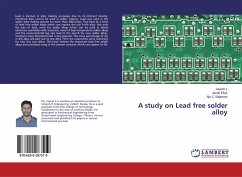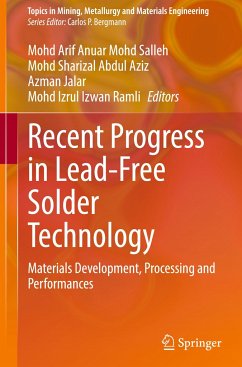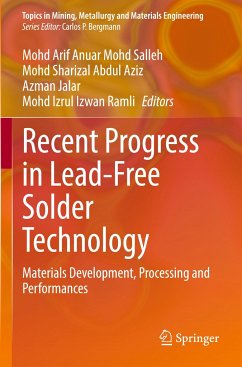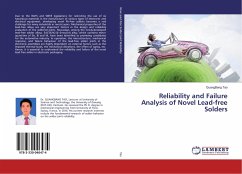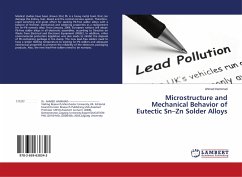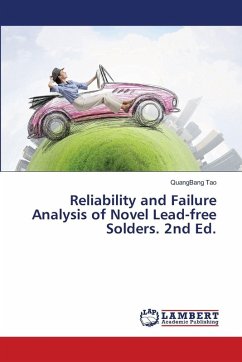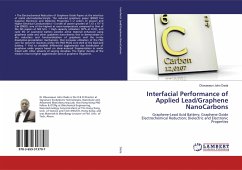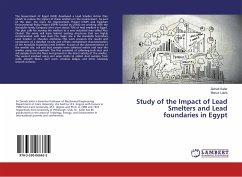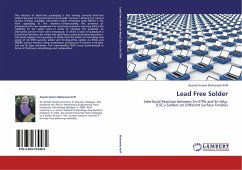
Lead Free Solder
Interfacial Reaction between Sn-37Pb and Sn-4Ag-0.5Cu Solders on Different Surface Finishes
Versandkostenfrei!
Versandfertig in 6-10 Tagen
49,99 €
inkl. MwSt.

PAYBACK Punkte
25 °P sammeln!
The industry of electronic packaging is fast moving towards lead-free solders because of environmental and health concerns. Among the various surface finishes available, electroless nickel/ immersion gold (ENIG) is the most appealing at the moment. Unfortunately, the presence of phosphorus (P) may complicate the interfacial reactions and may affect the reliability of the solder joint. In order to minimise this problem, an alternative surface finish were introduced, in which a layer of palladium is introduced between the nickel and gold layers using electroless deposition. This book explores th...
The industry of electronic packaging is fast moving towards lead-free solders because of environmental and health concerns. Among the various surface finishes available, electroless nickel/ immersion gold (ENIG) is the most appealing at the moment. Unfortunately, the presence of phosphorus (P) may complicate the interfacial reactions and may affect the reliability of the solder joint. In order to minimise this problem, an alternative surface finish were introduced, in which a layer of palladium is introduced between the nickel and gold layers using electroless deposition. This book explores this question in detail with the effect of annealing and aging of Sn-37Pb eutectic solder and Sn-4Ag-0.5Cu solder on ENIG and ENEPIG surface finishes. Other parameters involved are P content in Ni layer and the Ni layer thickness. The intermetallics (IMC) were characterized in terms of thickness, morphology and composition.



